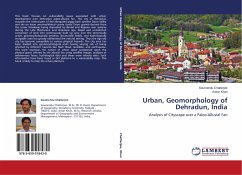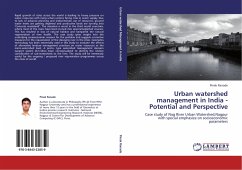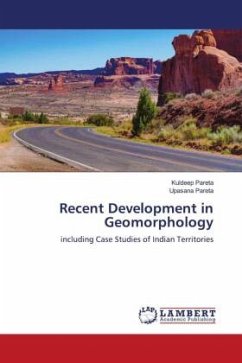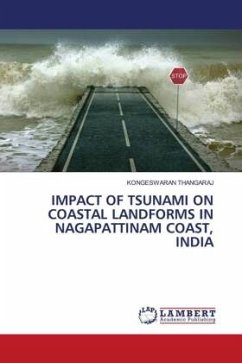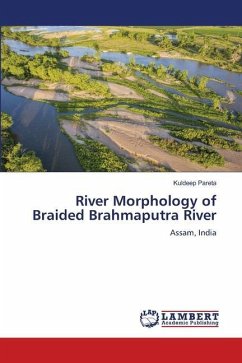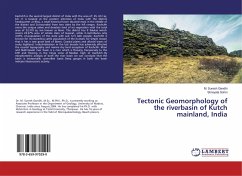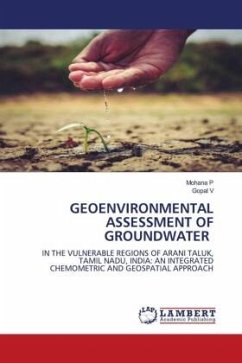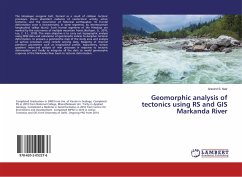This book focuses on vulnerability issues associated with urban development over Dehradun paleo-alluvial fan. The city of Dehradun occupies the central part of the elongated piggy back syncline Doon Valley and sits on loose unconsolidated coarse clastic Doon gravels derived from the Lesser Himalayas being deposited by Bindal and Rispana river systems during the Late Pleistocene and Holocene age. Rapid and unmatched conversion of land into continuously built up area over the tectonically active, geomorphologically sensitive, structurally feeble, and hydrologically incapable area has grossly obliterated the natural setting. Thus the age old city has become susceptible to various physical hazards. The city area has been divided into geomorphological units having varying risk of being affected by different hazards like flash flood, landslide, and earthquake. This work examines the nature of urban space juxtaposed upon the physical space offered by the alluvial fan using satellite images; analyses of sedimentary facies, hydrological data and shear wave velocity data. Such information have been fused in GIS platform to a vulnerability map. This book is likely to help the urban planners.
Bitte wählen Sie Ihr Anliegen aus.
Rechnungen
Retourenschein anfordern
Bestellstatus
Storno

